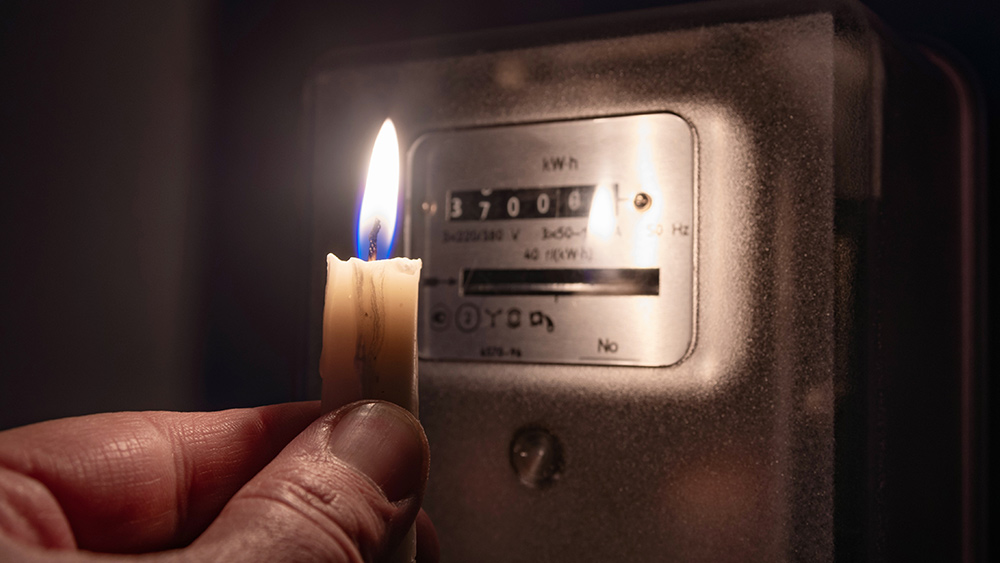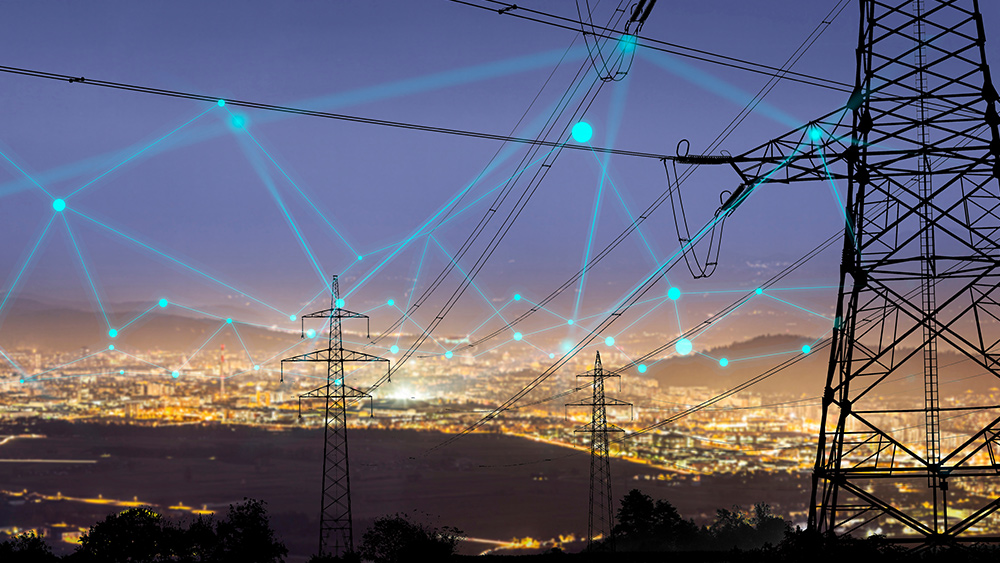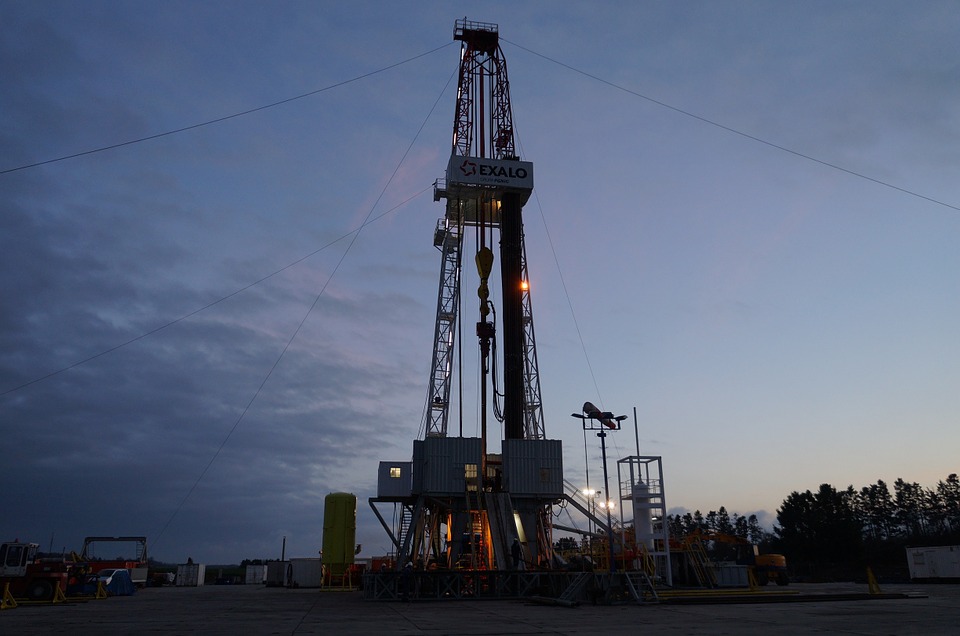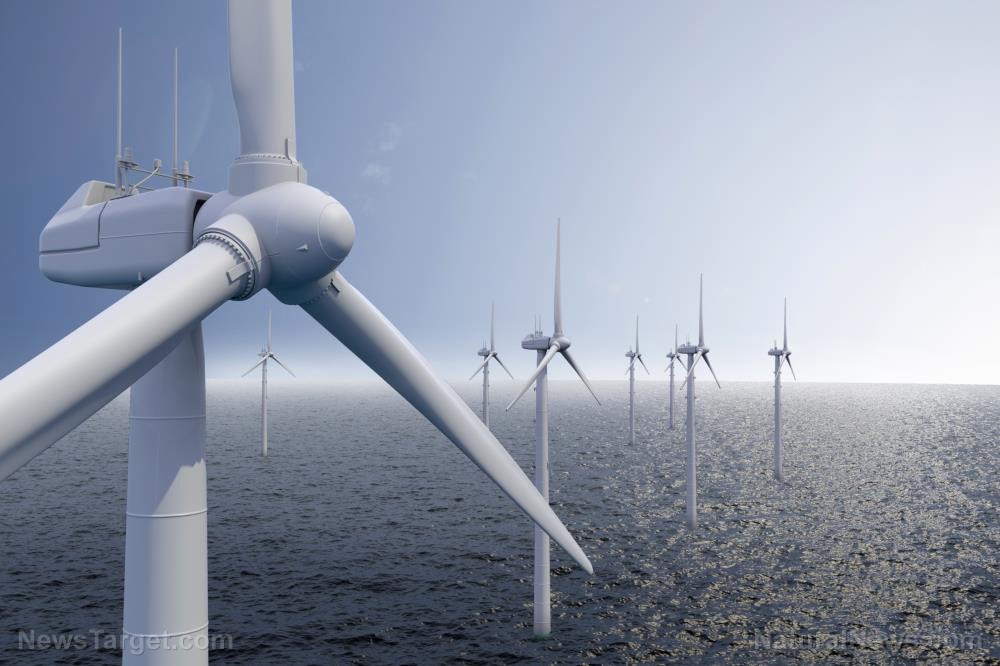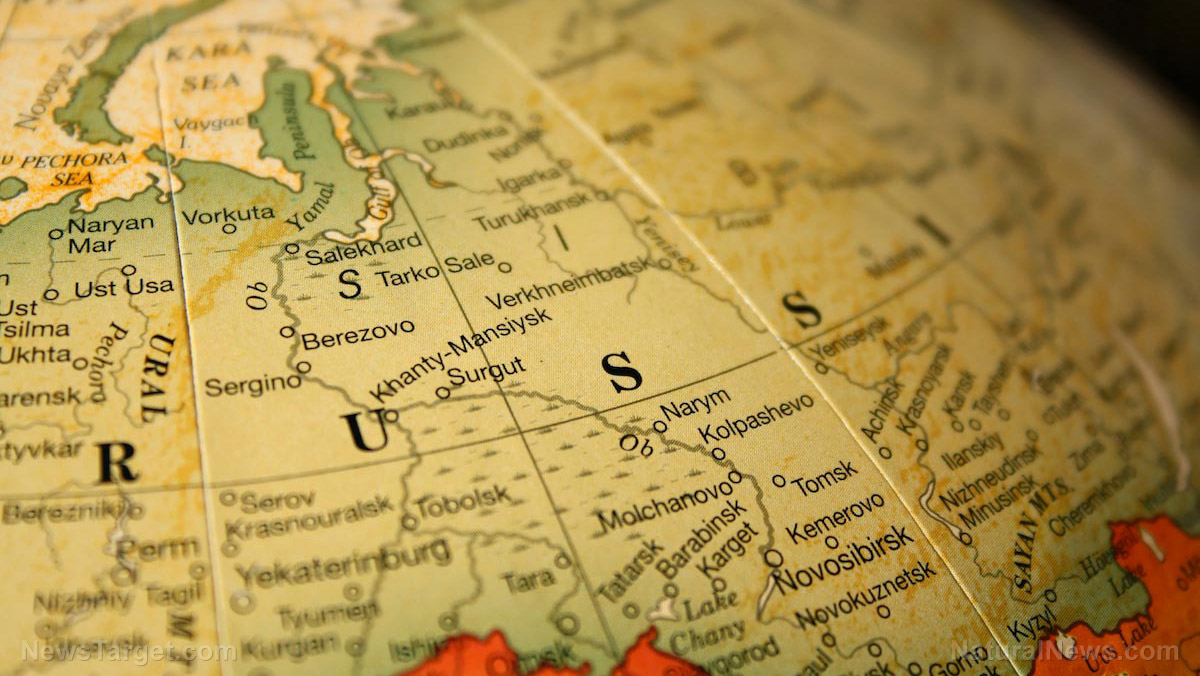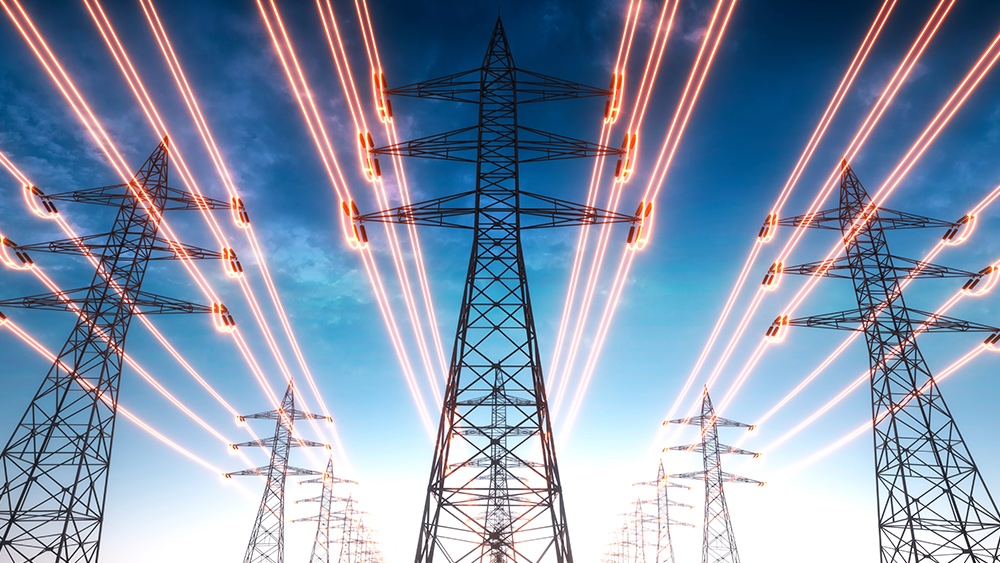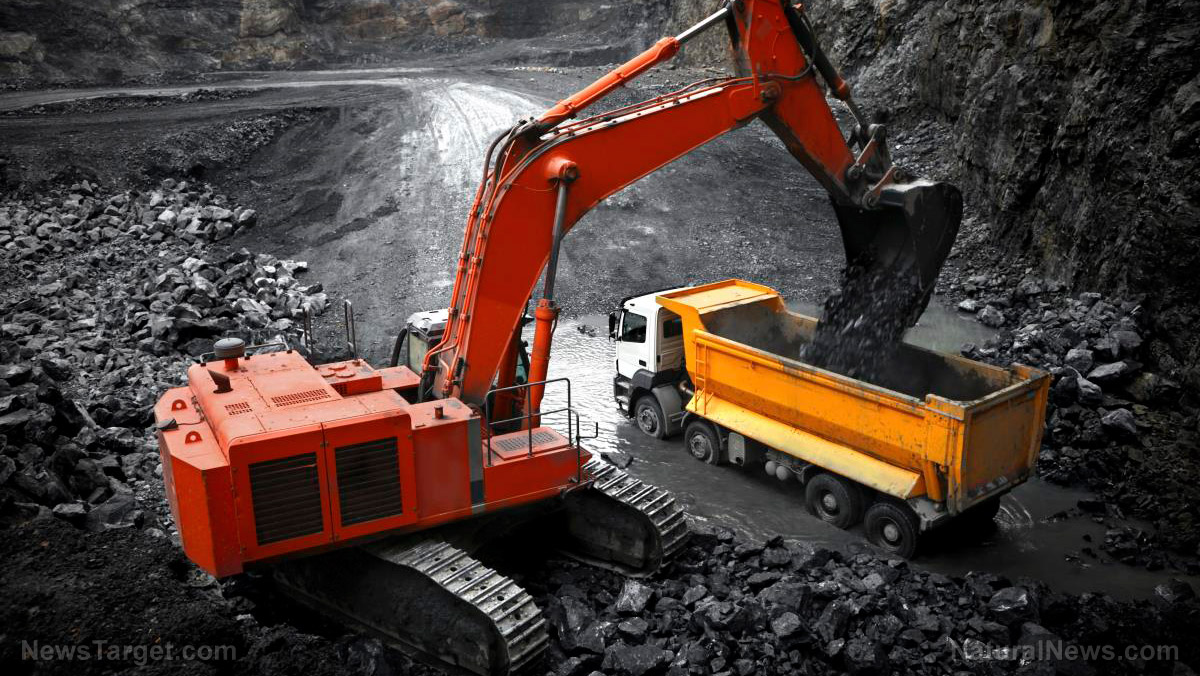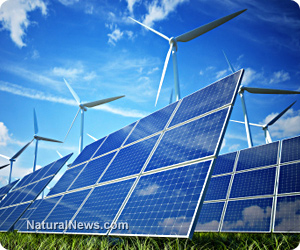Spain’s dark day: Renewable milestone followed by catastrophic blackout highlights grid vulnerabilities
04/30/2025 / By Willow Tohi
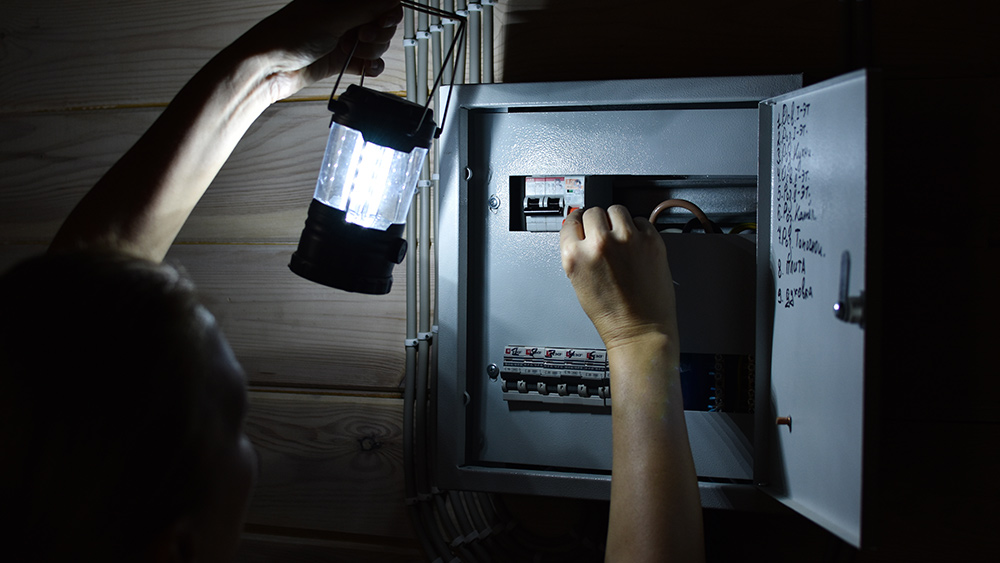
- Spain and Portugal suffered a historic blackout on April 28, affecting over 50 million people, disrupting airports, hospitals and transportation. The outage occurred just days after Spain ran its grid entirely on renewable energy for the first time.
- While officials cited a “rare atmospheric phenomenon” or technical faults, experts blamed the outage on rapid renewable adoption without grid upgrades, leading to instability due to reduced inertia from decommissioned coal and nuclear plants.
- Solar and wind lack the “grid inertia” of traditional power plants, making voltage fluctuations harder to manage. Spain’s overreliance on renewables—coupled with unreliability during weather fluctuations—left the system vulnerable.
- Warnings about grid instability were ignored as Spain prioritized green agendas, closing nuclear and coal plants without adequate synthetic inertia or storage solutions. Critics argue renewables were oversold without addressing foundational infrastructure needs.
- The outage highlights Europe’s systemic energy challenges, echoing past blackouts in Austria and Germany. Experts call for balancing renewables with grid resilience, slowing nuclear phaseouts and investing in stabilizing technologies.
On Monday, April 28, Spain faced one of the largest power outages in its history, plunging the nation and neighboring Portugal into darkness just six days after celebrating a milestone: operating its grid entirely on renewable energy for the first time on a weekday. The outage, affecting over 50 million people across the Iberian Peninsula and parts of France, disrupted airports, hospitals and transportation systems, sparking panic as communication networks collapsed. While Spain’s grid operator cited “ongoing analysis” for the cause, Portuguese officials blamed a “rare atmospheric phenomenon” causing voltage fluctuations. Experts, however, argue the crisis was avoidable—a consequence of political miscalculations and a grid design pushed to its limits by rapid adoption of renewable energy without critical upgrades.
The outage’s immediate impact: Chaos across Europe’s energy heartland
At 12:35 p.m. local time, the blackout crippled Spain’s infrastructure. Airports like Madrid’s Barajas halted flights, subways halted abruptly and traffic lights failed, triggering gridlock. Cell towers, reliant on grid power, went dark, severing emergency communication. Red Eléctrica de España, the national grid operator, warned restoring service could take days, with Portuguese grid chief REN adding that synchronization failures due to “anomalous oscillations” in 400KV high-voltage lines worsened the crisis.
The disruption rippled across Europe. France’s RTE reported brief outages, while London’s Gatwick Airport canceled outbound flights to Spain. Social media users described scenes of desperation: hospitals relying on backup generators, stranded commuters and long lines at ATMs as electronic payments failed. “The issue isn’t the darkness—it’s the collapse of modern conveniences,” one Madrid resident told Bloomberg’s Javier Blas.
The physics of failure: Grid inertia and the renewable paradox
Michael Shellenberger, an energy policy expert and author of “Apocalypse Never,” frames the outage as a physics problem masqueraded as a political one. Over the past decade, Spain decommissioned nuclear and coal plants, replacing them with solar and wind—a shift that reduced grid “inertia,” a property of traditional power plants that stabilize voltage and frequency fluctuations.
“Inertia is like a flywheel,” Shellenberger explains. “It’s what allows the grid to bounce back from disruptions. Without it, small glitches can cascade into outages.”
Solar and wind, powered by inverters rather than spinning turbines, lack this stabilizing force. By 2025, Spain’s grid was so reliant on renewables that midday solar surges often produced more power than demand, forcing negative pricing and stressing the system. “They treated the grid like a plug-and-play toy,” says Mark Nelson, an energy analyst. “When the weather threw a curveball, there was nothing to catch it.”
Political failures: Ignoring warnings for the sake of green agendas
Warnings about grid instability date to at least 2017, when engineers flagged the risks of discarding “heavy” power sources like nuclear and gas without investing in synthetic inertia or battery storage. Despite these technical pleas, Spain’s government expedited renewable deployment while closing older plants. Nuclear reactors, critical for stability, were slated for closure by 2035—a timeline critics say accelerated the grid’s fragility.
Spain’s path toward 100% renewables, absent certain investments, created a paradox: record clean energy generation coexisted with dependency on remaining fossil fuel plants to prevent blackouts. “Politicians sold renewables as a cure-all without grappling with grid physics,” Shellenberger states. “This outage is the bill coming due.”
The push for renewable dominance and its unintended consequences
Spain’s energy transition mirrors broader European trends. Since the 2015 Paris Agreement, the EU prioritized renewables over grid modernization, hiking subsidies for solar and wind while imposing carbon costs on fossil fuels. Spain, blessed with abundant sunshine and wind, surged ahead: solar capacity grew by 30% annually from 2020 to 2025, displacing coal and nuclear.
But this shift ignored foundational grid infrastructure. “Countries built out renewables but treated the grid like an afterthought,” says former EU energy advisor Barbara Finamore. The lack of inertia became critical as renewable penetration surpassed 70% of Spain’s mix in spring 2025.
The April 28 outage follows smaller European blackouts tied to grid instability, including a 2020 incident in Austria and 2022 failures in Germany. These events, often dismissed as anomalies, foreshadowed Monday’s crisis.
A wake-up call for energy realism
Monday’s blackout underscores the need for a pragmatic energy strategy that balances renewables with grid resilience. Shellenberger urges Spain and Europe to halt nuclear plant closures, expand synthetic inertia technologies and reconsider the pace of coal phaseouts. “Renewables are vital, but they require a foundation,” he states. “Ignoring that reality endangers lives.”
As countries grapple with the fallout, the incident raises stark questions: Can grids decarbonize without stability? And is “renewable-only” optimism a liability in crises? For now, millions in Spain and Portugal brace for days without power—a cautionary tale for an energy transition in need of recalibration.
Sources for this article include:
Submit a correction >>
Tagged Under:
big government, chaos, climate, Collapse, electricity, energy report, energy supply, green tyranny, national security, outage, outrage, panic, power, power grid, renewables
This article may contain statements that reflect the opinion of the author
RECENT NEWS & ARTICLES
Electricity.News is a fact-based public education website published by Electricity News Features, LLC.
All content copyright © 2018 by Electricity News Features, LLC.
Contact Us with Tips or Corrections
All trademarks, registered trademarks and servicemarks mentioned on this site are the property of their respective owners.


